South Africa hosts CITES as Kenya blocks Namibia, Zimbabwe ivory trade bid
- By Zimpapers Syndication |
- 15 May, 2025 |
- 0
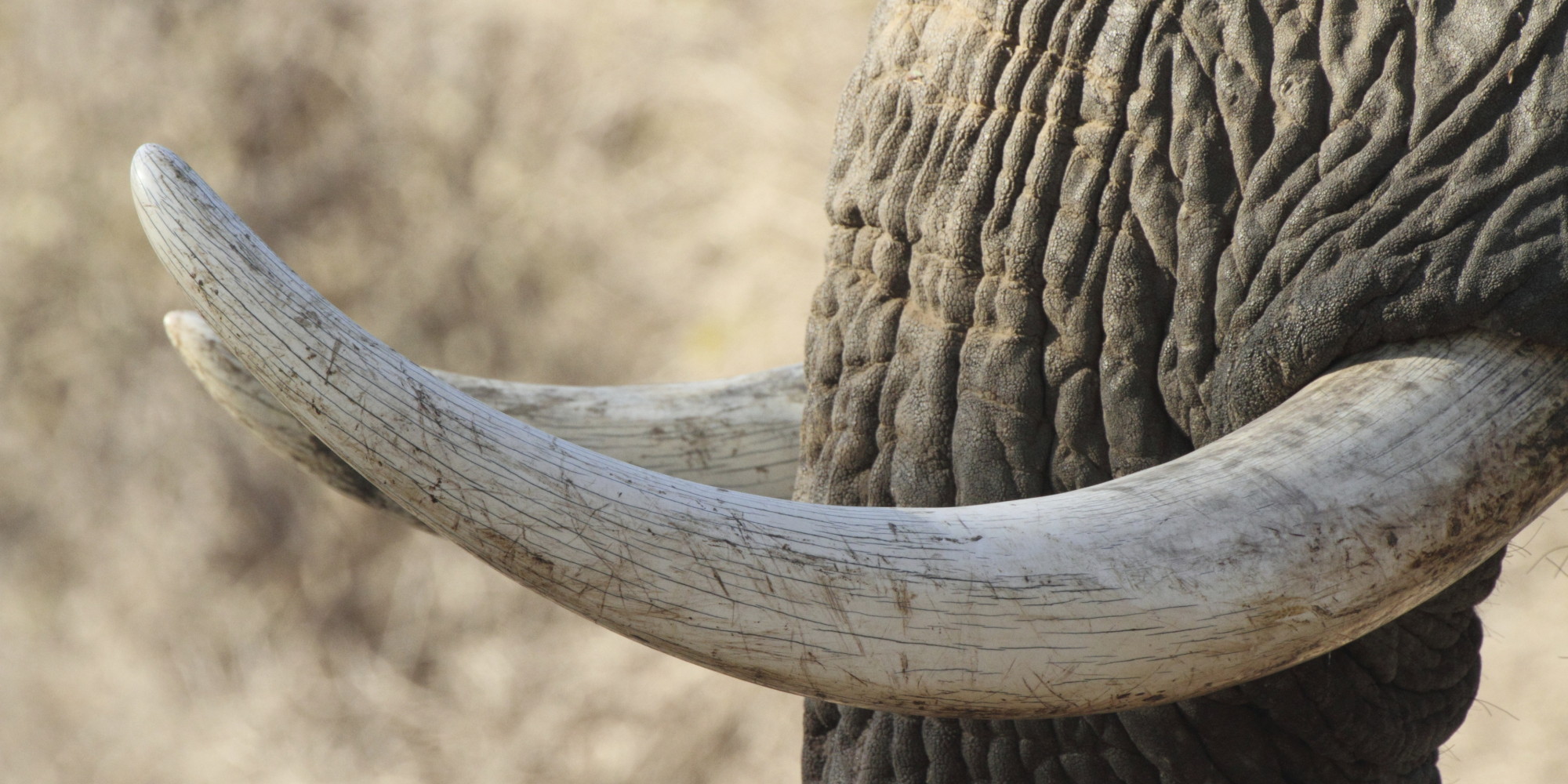
Emmanuel Koro Syndication Correspondent ---
Johannesburg – South Africa will host one of the world’s most important environmental conferences from 24 September to 5 October 2016, the UN Convention on International Trade in Endangered Species of Fauna and Flora 17th Conference of Parties (CITES COP17), as Kenya plans to block Namibia and Zimbabwe’s ivory trade bids.
Kenya made the same attempt to block trade in ivory but failed; when Zimbabwe hosted the CITES Conference in June 1997, with two thirds majority of CITES member countries having voted in favour of once-off CITES strictly controlled ivory trade for Botswana, Namibia, South Africa and Zimbabwe. The four Southern African countries sold a total of 102 tonnes of their stockpiled ivory to Japan and China, raising over US$15 million for elephant conservation and the socioeconomic wellbeing of rural communities that ‘pay’ for the costs of living side by side with elephants. At that time CITES was praised as a credible UN convention that makes decisions based on compelling scientific facts as opposed to emotional arguments against sustainable use of wildlife and wild products that animal rights groups continue to make.
However, Kenya has not given up its efforts to block ivory trade over the years, as it has continued to block ivory trade bids by other African countries at each CITES Conference. It now seems more evident that ahead of CITES COP17 to be held in Johannesburg this month, Kenya is increasing its campaign for a global and permanent ban to possible future trade in ivory. This time it has lobbied traditionally ivory markets such as China and Japan, telling them not to buy ivory in the future.
While Namibia and Zimbabwe have proposed to CITES to be granted a one-off strictly controlled trade in their collective 127.8 tonnes of stockpiled ivory. However, Kenya has directly opposed this move by proposing a CITES global and permanent ban on ivory trade.
With 70 000 tonnes of stockpiled ivory, Zimbabwe argues that it should be granted permission to trade in ivory in order to pay for elephant conservation. It argues that the absence of strictly controlled trade in ivory has removed the incentives for local communities to conserve elephants and that the revenue that will come from trade would incentivise elephant conservation. Zimbabwe’s total elephant population is over 84 000 and exceeds its ecosystem’s carrying capacity. It argues that sustainable conservation of its elephants is wholly dependent on trading in its ivory under strictly CITES controlled conditions.
With 57.8 tonnes of stockpiled ivory, Namibia says that the controlled trade in ivory would provide strong incentives to make communities protect elephants and their habitat. They argue that law enforcement alone, without incentives, does not provide long-term security from displacement by other forms of land use.
However, Namibia and Zimbabwe face stiff opposition to trade in ivory from Kenya that has a strong backing from its Western allies who include animal rights groups.
Kenya signalled its stiff opposition to any form of ivory use and trade on 30 April 2016, when it burnt 105 tonnes of its ivory and 1.5 tonnes of rhino horn. This curious ‘conservation’ stunt was witnessed and celebrated by some Western countries’ powerful businesspeople and film stars but publicly condemned by Botswana and other African countries.
Observers argue that ivory was burnt to remove animal rights groups’ ongoing fears that as long as African countries continue to stockpile ivory and rhino horn, there will always be possibility for future trade. Unsurprisingly, after burning its ivory on 30 April 2016, Kenya later submitted a proposal to CITES motivating for a permanent and global ban on ivory trade.
Sadly, pro-sustainable use countries such as Botswana, Namibia, South Africa and Zimbabwe, that collectively have the world’s largest elephant population do not always have enough international influence to use their wildlife products such as ivory as they wish.
Meanwhile, an existing global embargo on ivory sales will expire in 2017 and Botswana, Namibia, South Africa and Zimbabwe will use CITES COP17 to call for a CITES decision mechanism that allows future ivory trade. These Southern African countries’ long-standing argument for sustainable use of wildlife products is use it or lose it. This suggests that if we do not use wildlife products our people will not see any value in conserving wildlife and we risk losing it to poachers.
Sadly, African countries such as Kenya would rather burn and use their wildlife products such as ivory. The resistance to Kenya’s ivory burning stunt that it curiously said would benefit conservation was dramatically shown through President of Botswana, Ian Khama who declined the Kenyan President Uhuru Kenyatta’s invitation to witness the burning of 105 tonnes of ivory and 1.5 tonnes of rhino in April this year.
Botswana Minister of Environment, Tshekedi Khama later said, “As a government we should practise what we preach,” he said. “I don’t know how I demonstrate to future generations the value of something I burn. We burn rubbish, and ivory isn’t rubbish,” the outspoken minister told the media.”
In a veiled opposition to the increasing Western values’ ‘conservation’ influence in Africa, Minister Khama said, ““Africa needs to lead and not allow others to lead them on how to handle such.”
According to Minister Khama, Botswana has the least poaching cases because of its “shoot to kill” policy against poachers while Kenya has adopted an ivory burning strategy to stop poaching.
About the writer: Emmanuel Koro is a Johannesburg-based Environment and Development Journalist
No Comments



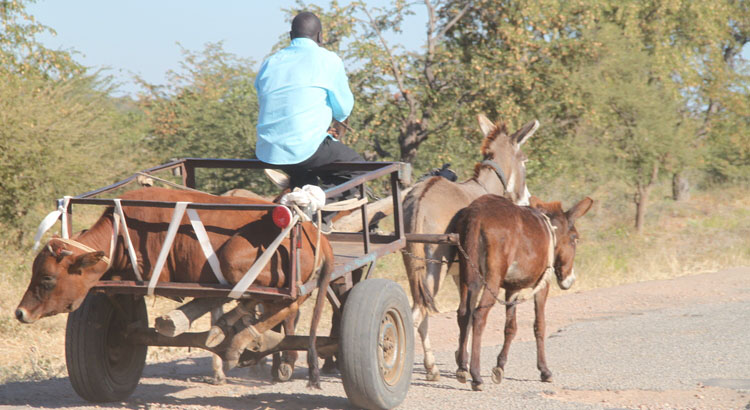


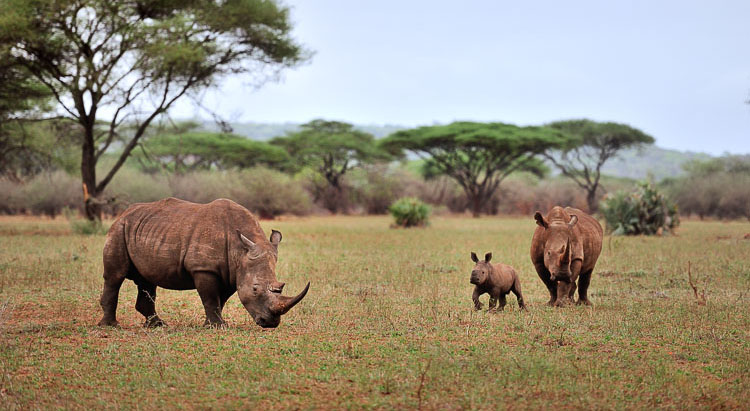
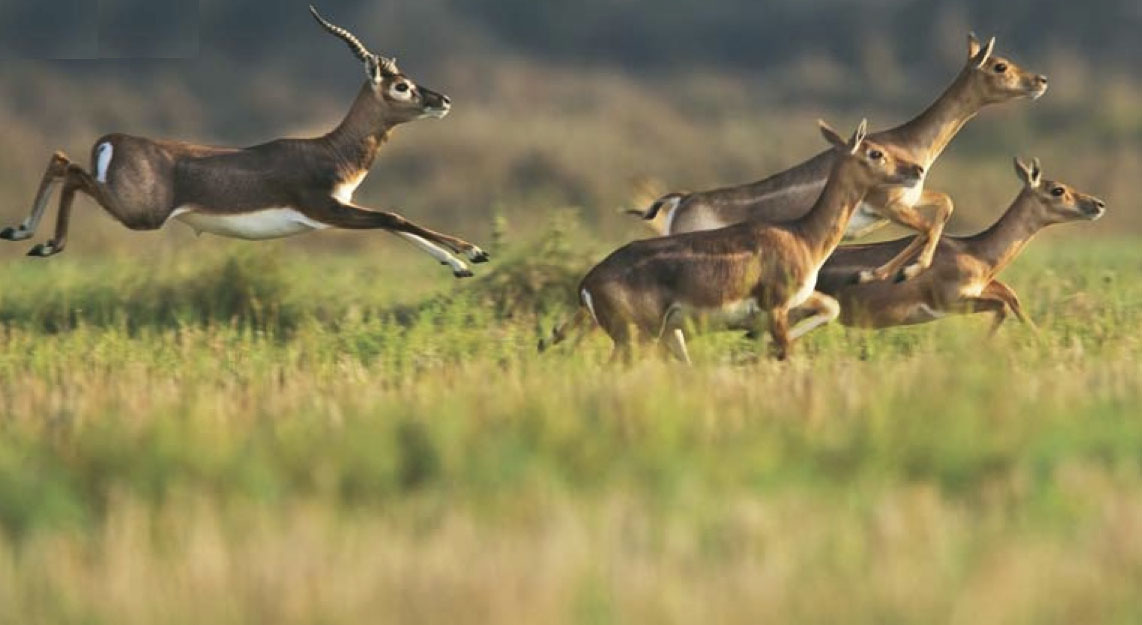

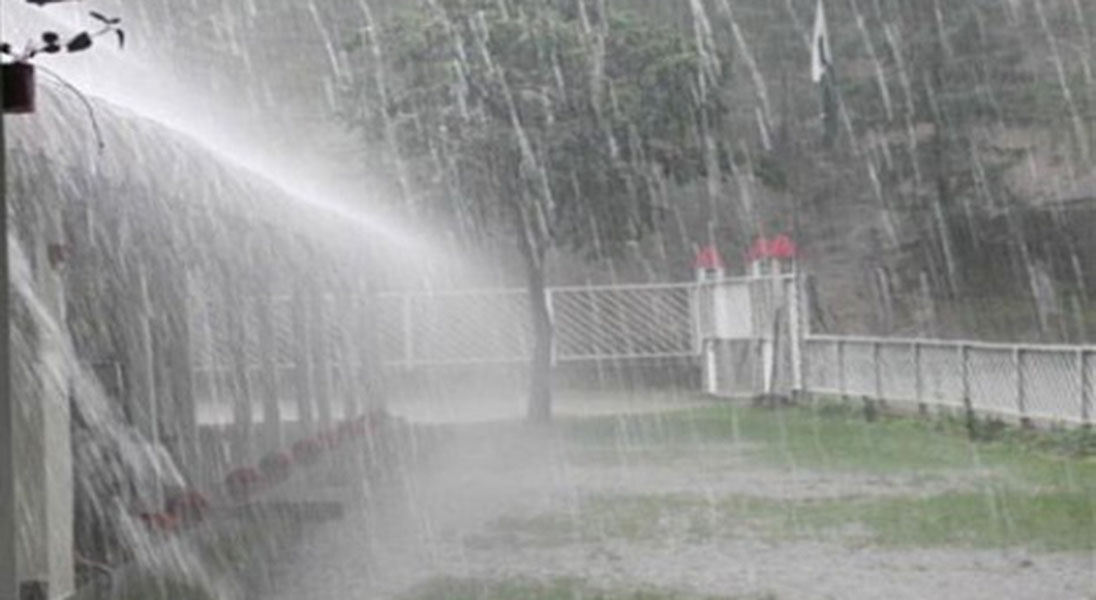
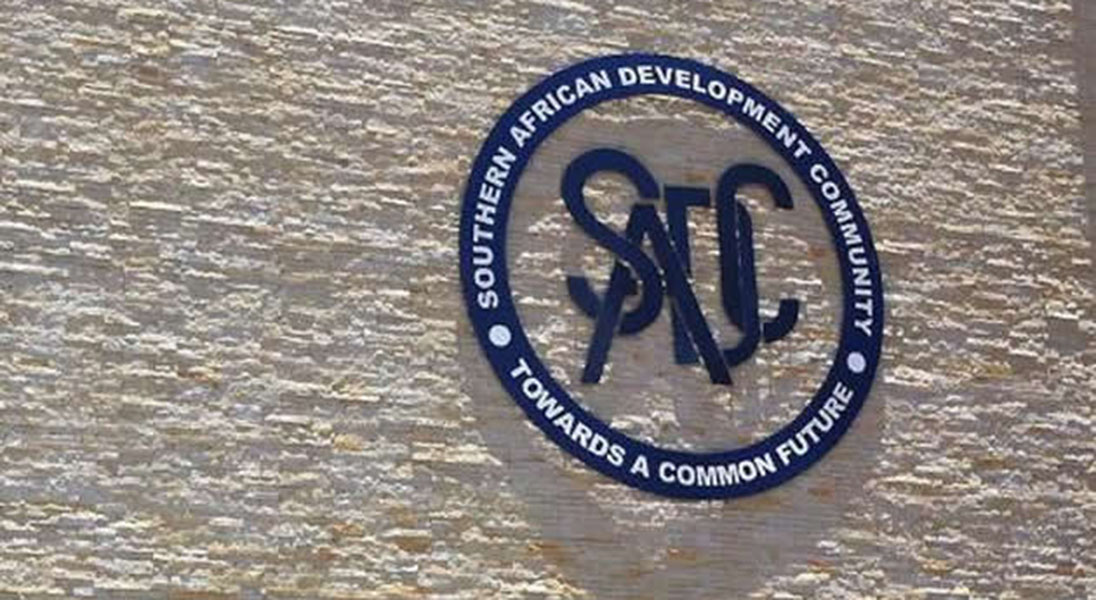
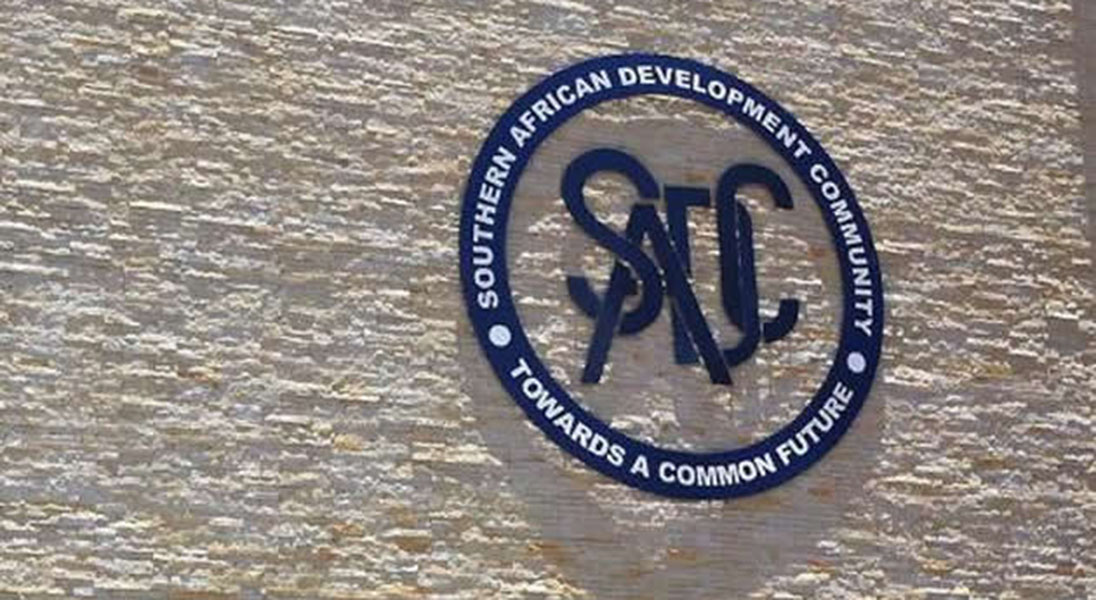
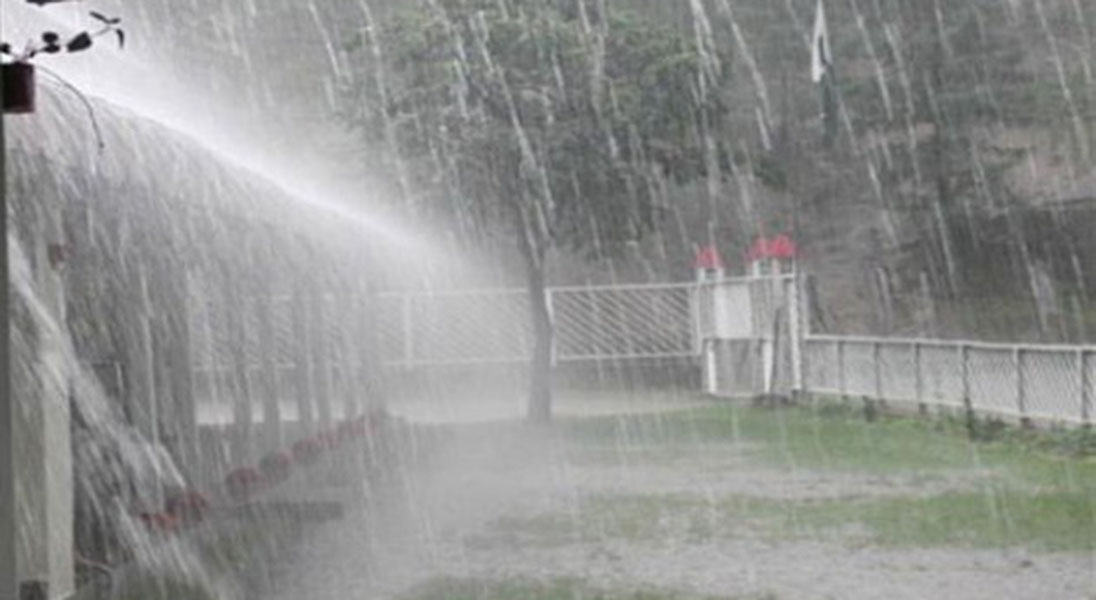
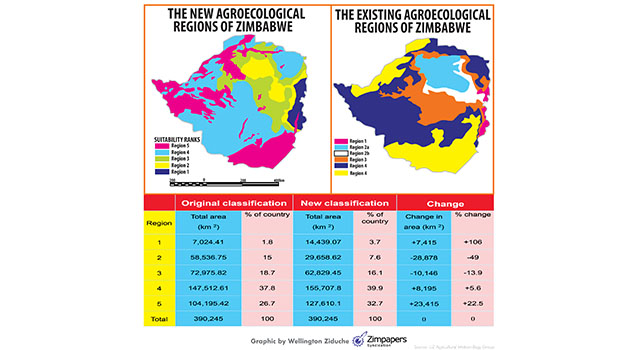
Comment